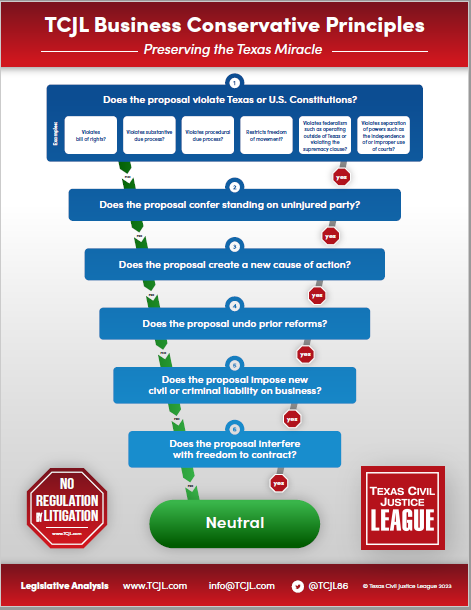 The employee of a temporary employment agency was assigned to work at a warehouse owned by a wind turbine company. While working on the site, he was injured when a steel beam fell from a forklift. He sued the warehouse owner, his temp employer, and others for negligence, negligence per se, and gross negligence. A workers’ compensation insurance subscriber, the warehouse owner raised the exclusive remedy defense, arguing that the temporary worker was a borrowed servant covered by its policy. The worker responded that there was no coverage, since he was employed by the temp agency, not the warehouse owner. The trial court granted summary judgment in favor of the owner. With respect to the worker’s suit against the temp agency, the trial court granted summary judgment in favor of the agency on the basis that it owed no-employer based duties to the worker because the agency did not control the details of the work. The worker appealed.
The employee of a temporary employment agency was assigned to work at a warehouse owned by a wind turbine company. While working on the site, he was injured when a steel beam fell from a forklift. He sued the warehouse owner, his temp employer, and others for negligence, negligence per se, and gross negligence. A workers’ compensation insurance subscriber, the warehouse owner raised the exclusive remedy defense, arguing that the temporary worker was a borrowed servant covered by its policy. The worker responded that there was no coverage, since he was employed by the temp agency, not the warehouse owner. The trial court granted summary judgment in favor of the owner. With respect to the worker’s suit against the temp agency, the trial court granted summary judgment in favor of the agency on the basis that it owed no-employer based duties to the worker because the agency did not control the details of the work. The worker appealed.
These are the facts in Demetrius Grant v. Wind Turbine and Energy Cables Corp. and Arrow Personnel, Inc. (No. 02-21-00036-CV). The Fort Worth Court of Appeals’ analysis turned on the meaning of the term “employee” in the Texas Workers’ Compensation Act. The Act defines “employee” as “each person in the service of another under a contract of hire, whether express or implied, or oral or written.” §421.012(a), Labor Code. As construed by the Texas Supreme Court, a person is an “employee” for workers’ compensation insurance purposes when a person “has the right to control the progress, details, and methods of operations” of the employee’s work (citations omitted). Consequently, a person employed by another may nevertheless shift to the employment of the controlling person as a “borrowed employee.” Here, the warehouse owner conclusively proved that it controlled Grant’s work in every respect. It provided instruction and training, told him what to do on the job and where to go, and gave him the necessary equipment to perform his tasks. The temp agency, on the contrary, had no control over any of these aspects of the work. The fact that the agency interviewed and hired him for the temp job, the court noted, is not by itself an indicator of control for either workers’ comp purposes or Grant’s common law actions.
Grant argued further that the warehouse company’s workers’ compensation policy did not cover temporary workers. The court of appeals disagreed, looking to SCOTX’s holding that “an employer may not (intentionally or unintentionally) split its workforce . . . [and] choose to exclude certain employees from coverage unless a statutory or common[ ]law exception to the rule against split workforce applies” (citing Port Elevator-Brownsville, L.L.C. v. Casados, 358 S.W.3d 238, 243 (Tex. 2012). That case involved a temporary employee assigned by a staffing agency to work at Port Elevator’s grain storage facility. When Port Elevator claimed the exclusive remedy of workers’ comp when sued for the temp’s injury, the SCOTX applied the rule against splitting workforces and found in favor of the controlling employer. The case is the same here. No statutory or common-law exceptions existed (these include the ability to make different elections for distinct and separate businesses; the right to exclude sole proprietors, partners, or corporate executive officers; or a leased employee). The court thus affirmed the trial court’s summary judgments in favor of the warehouse company and the temp agency.
While this case doesn’t cut any new ice, it is a useful reminder of the importance of the exclusive remedy of workers’ comp and the lengths to which people will go to get around it. But it’s one thing to have the benefit of the exclusive remedy and another to have trial and appellate courts with the confidence to grant summary judgments to employers who assert it. This case exemplifies how the system is supposed to work.












